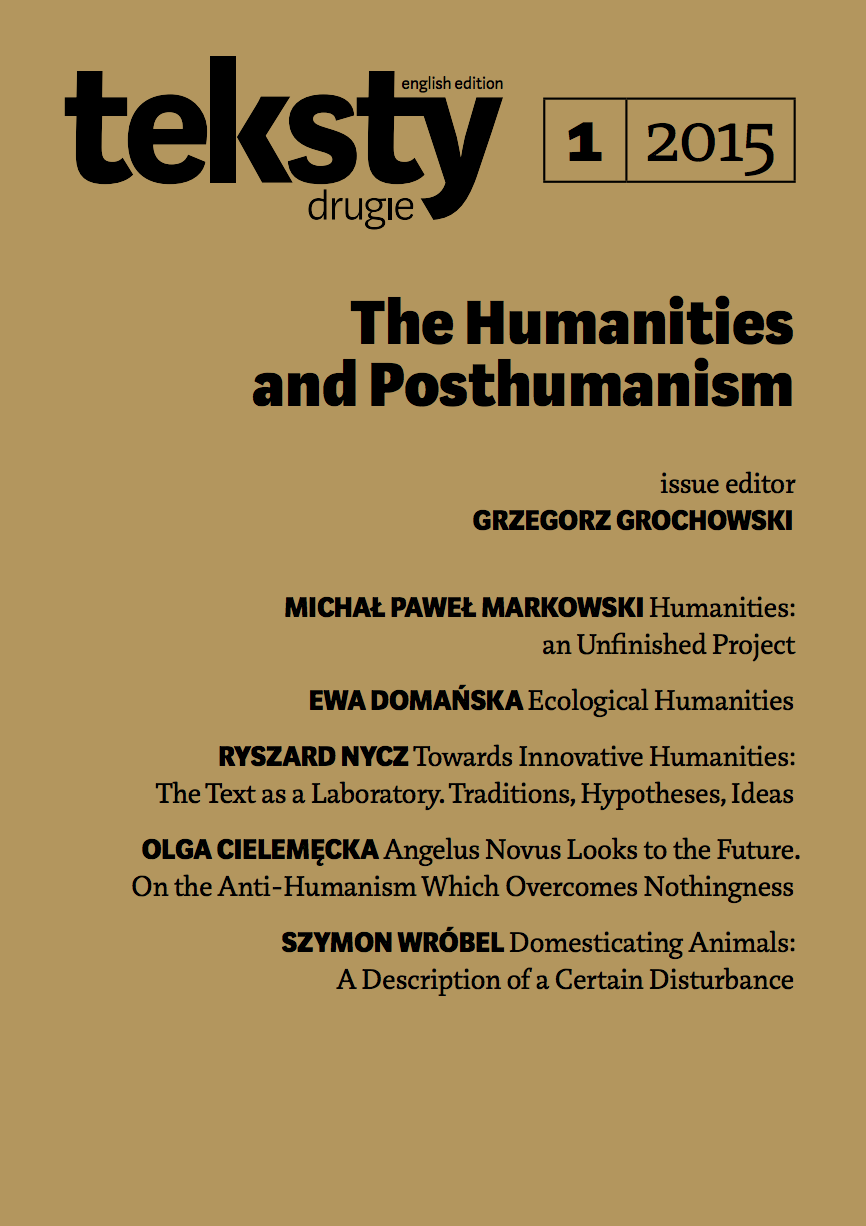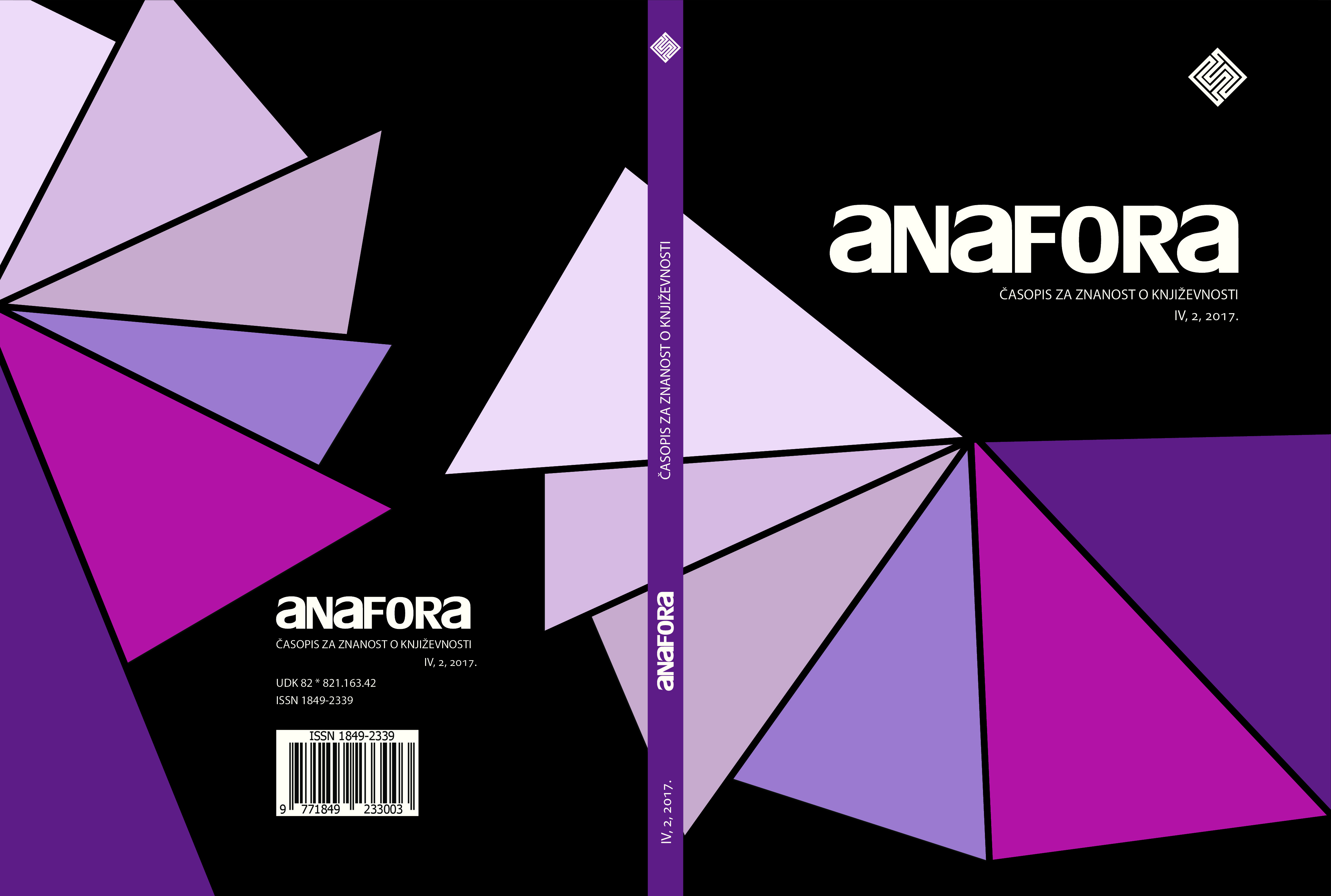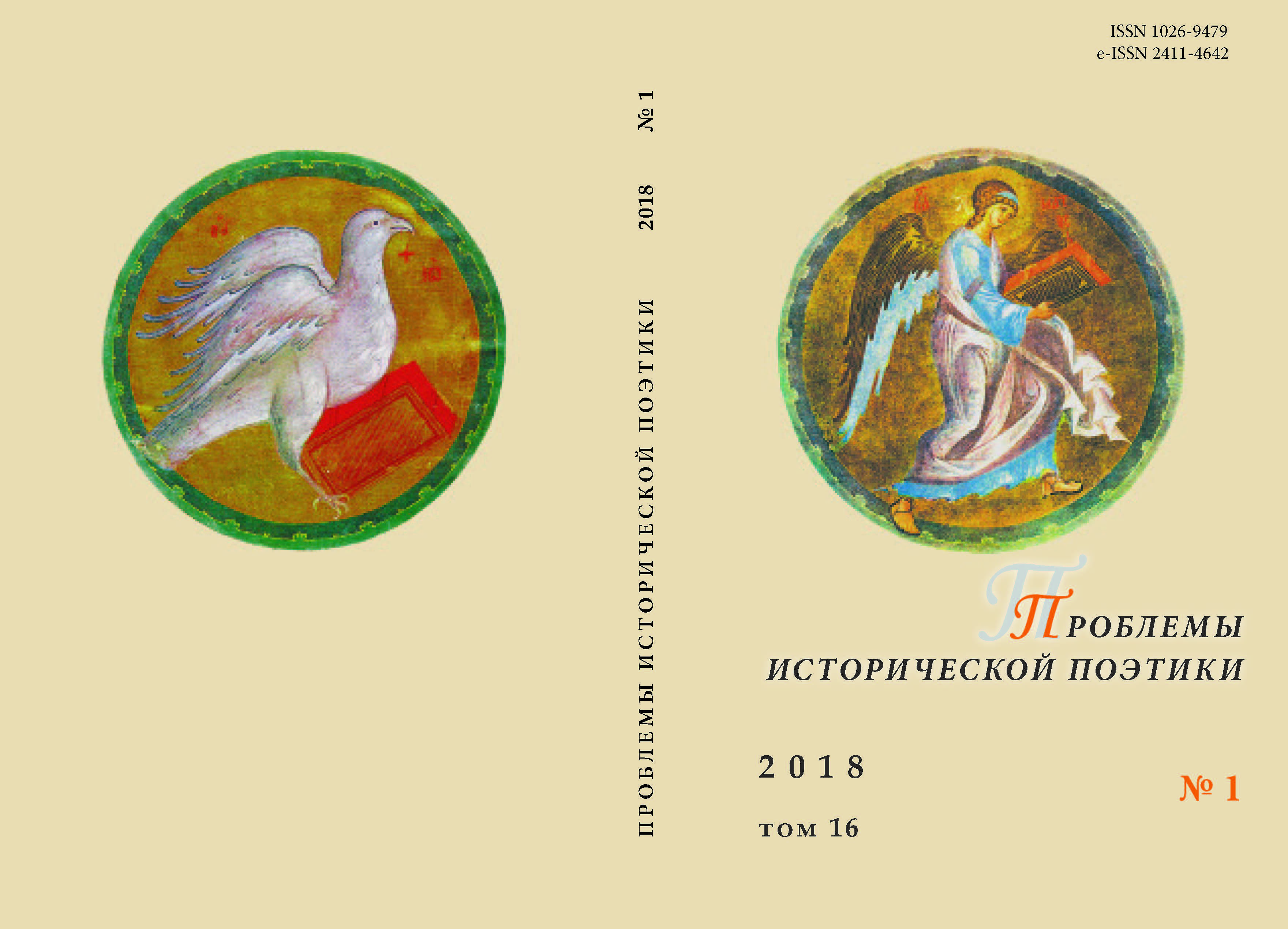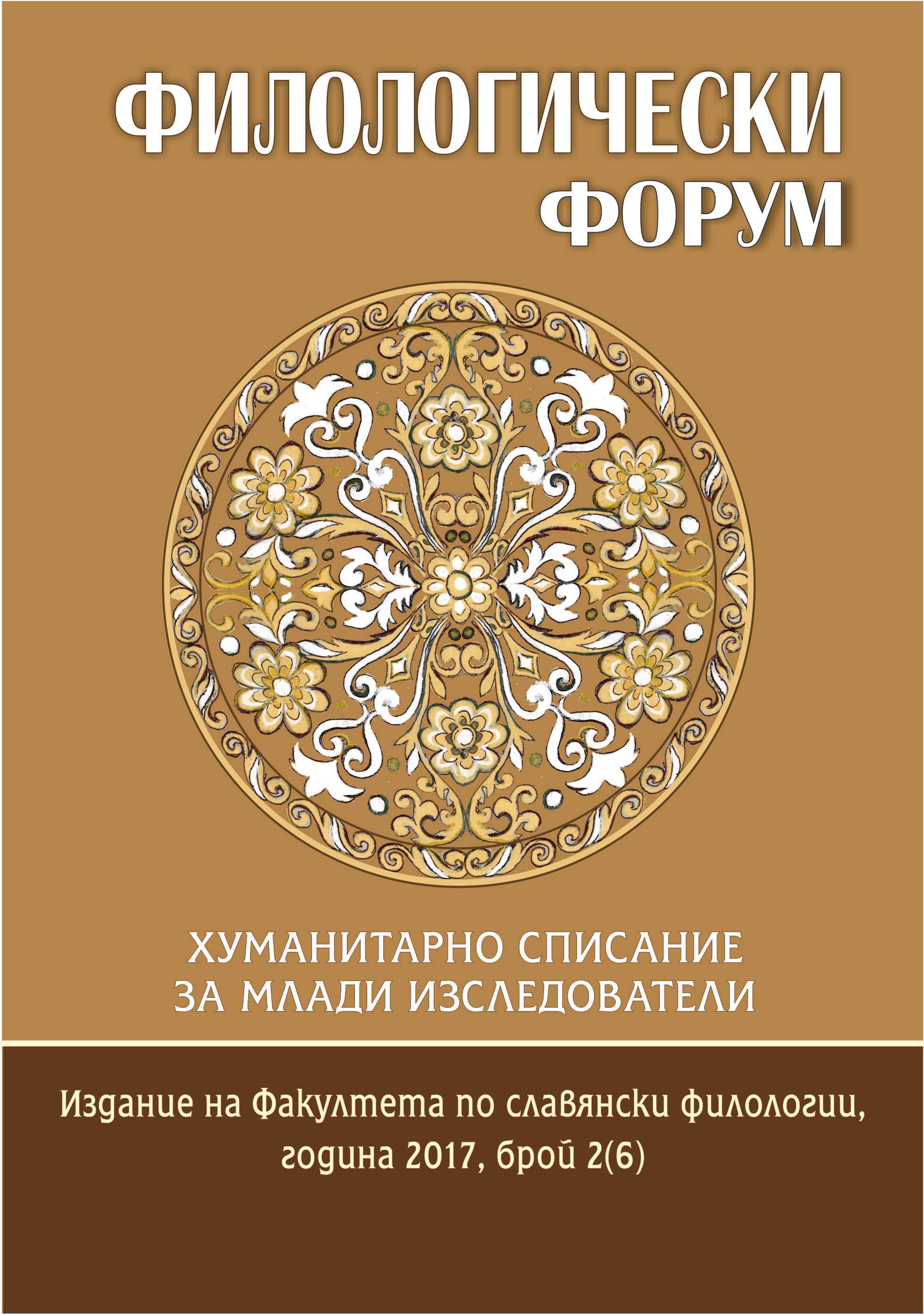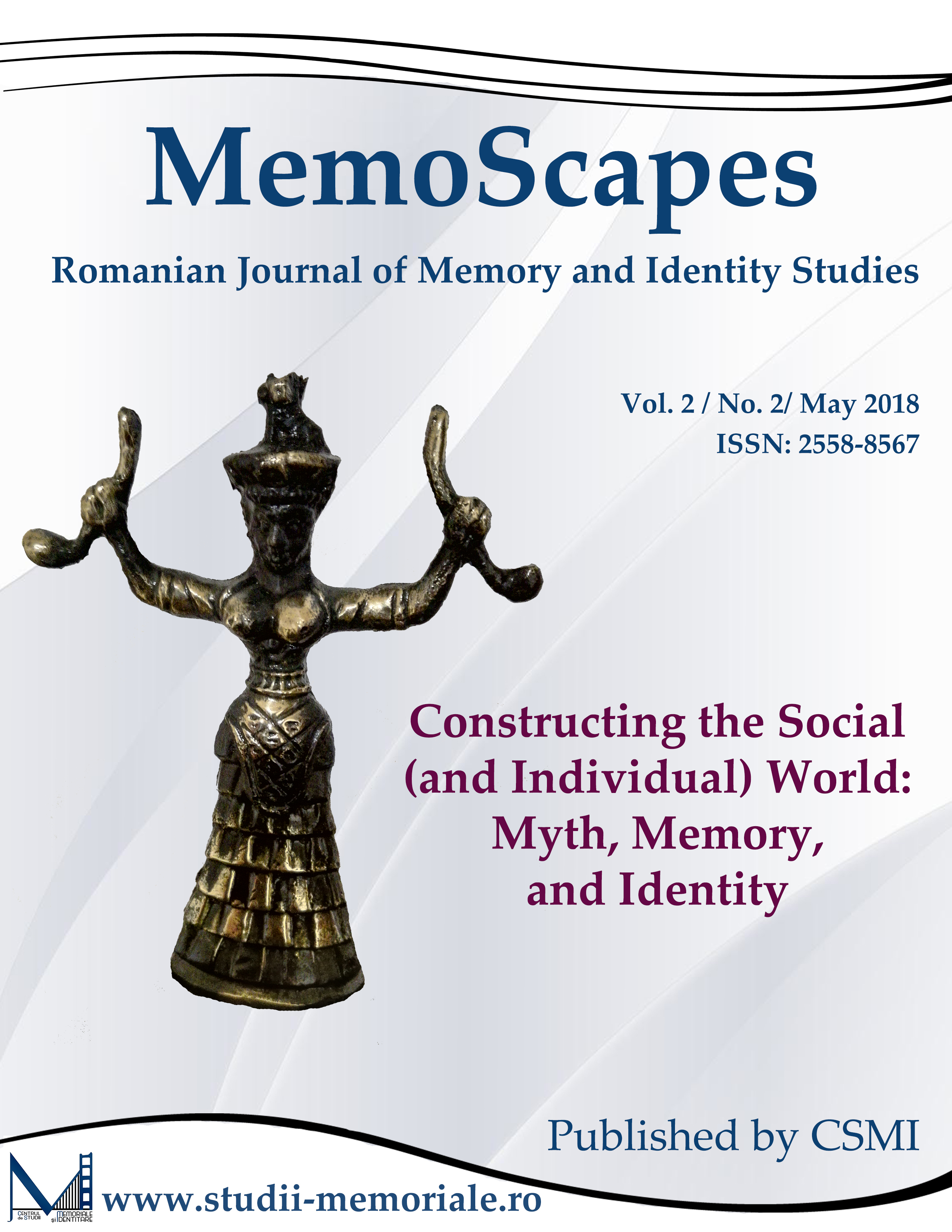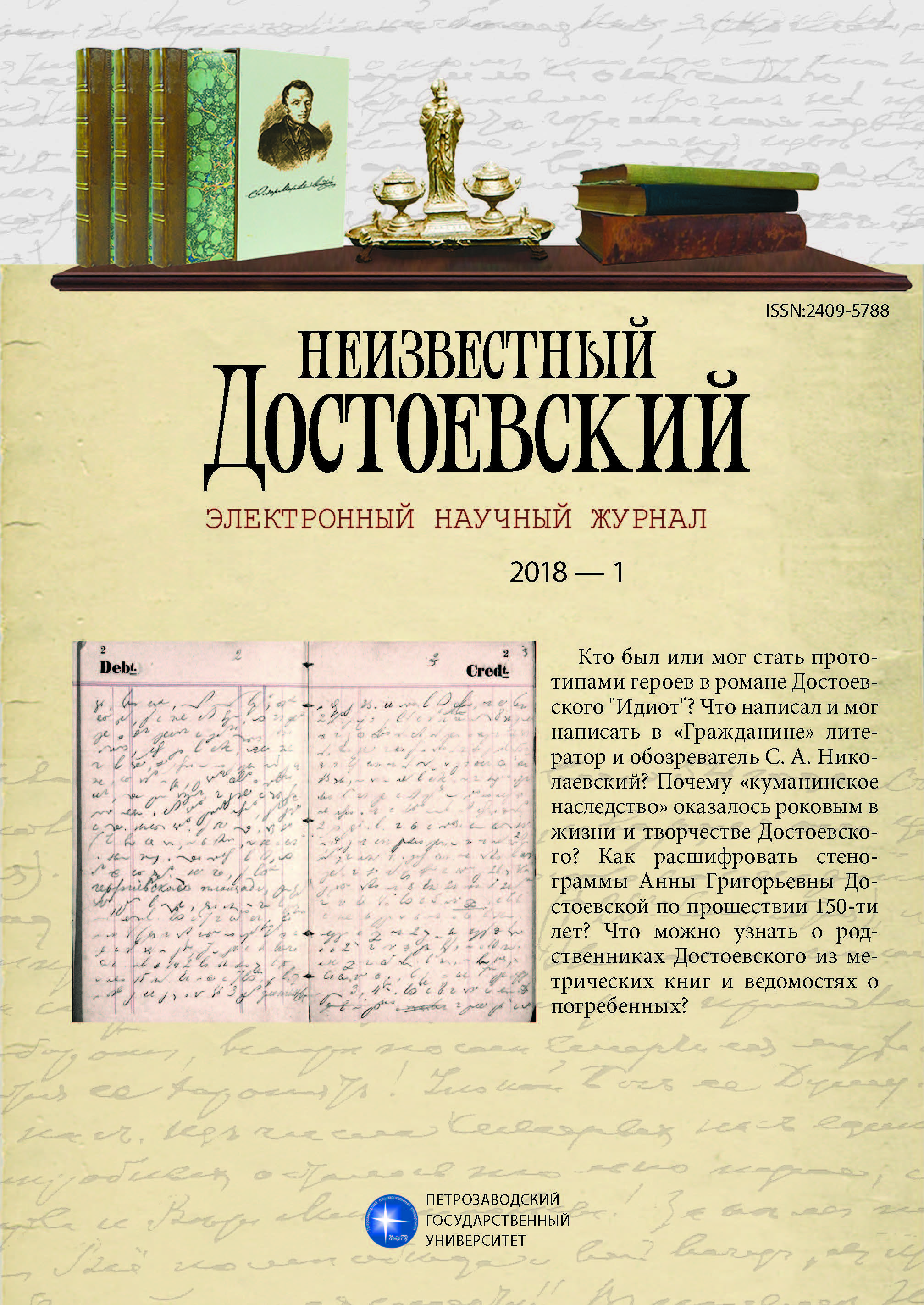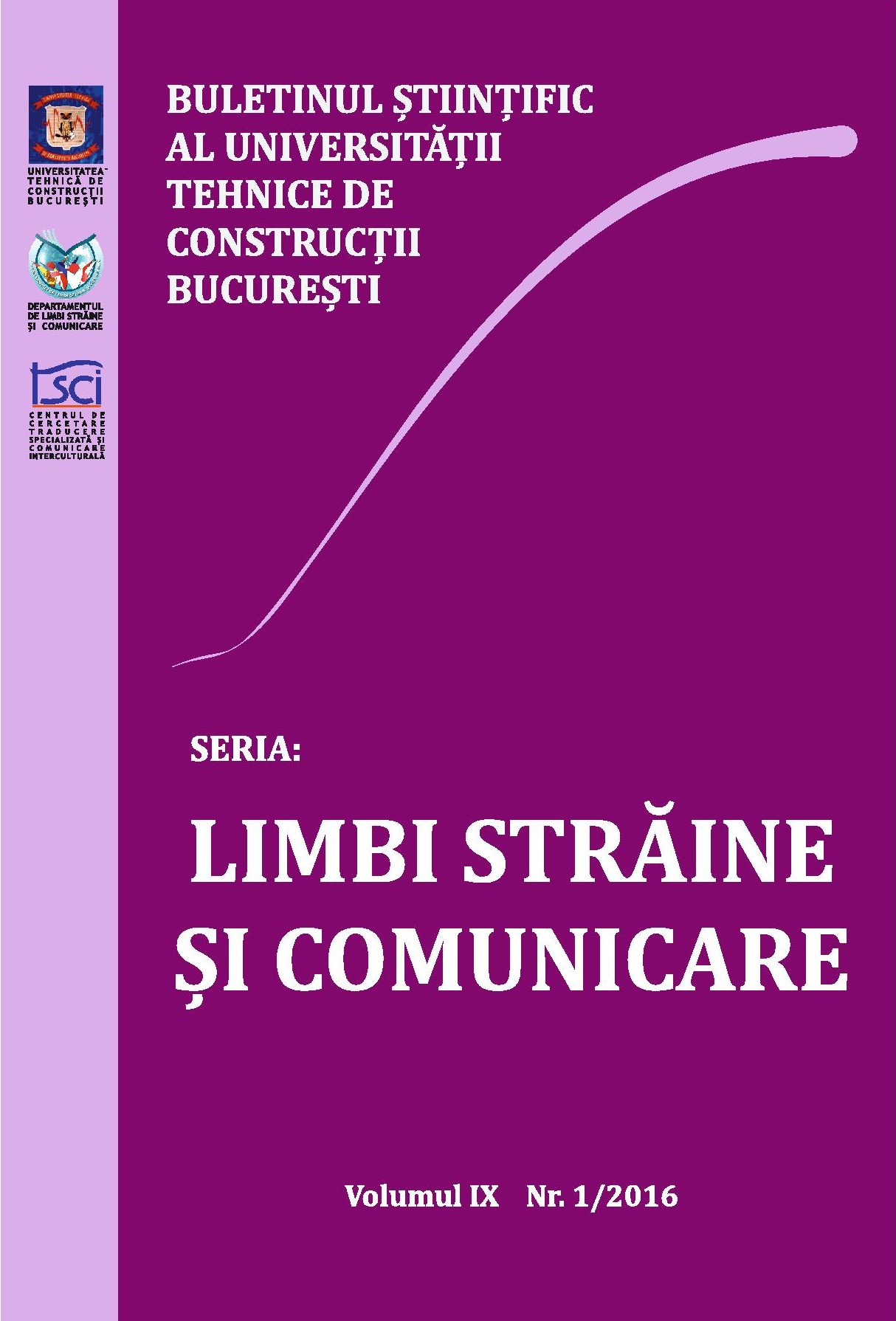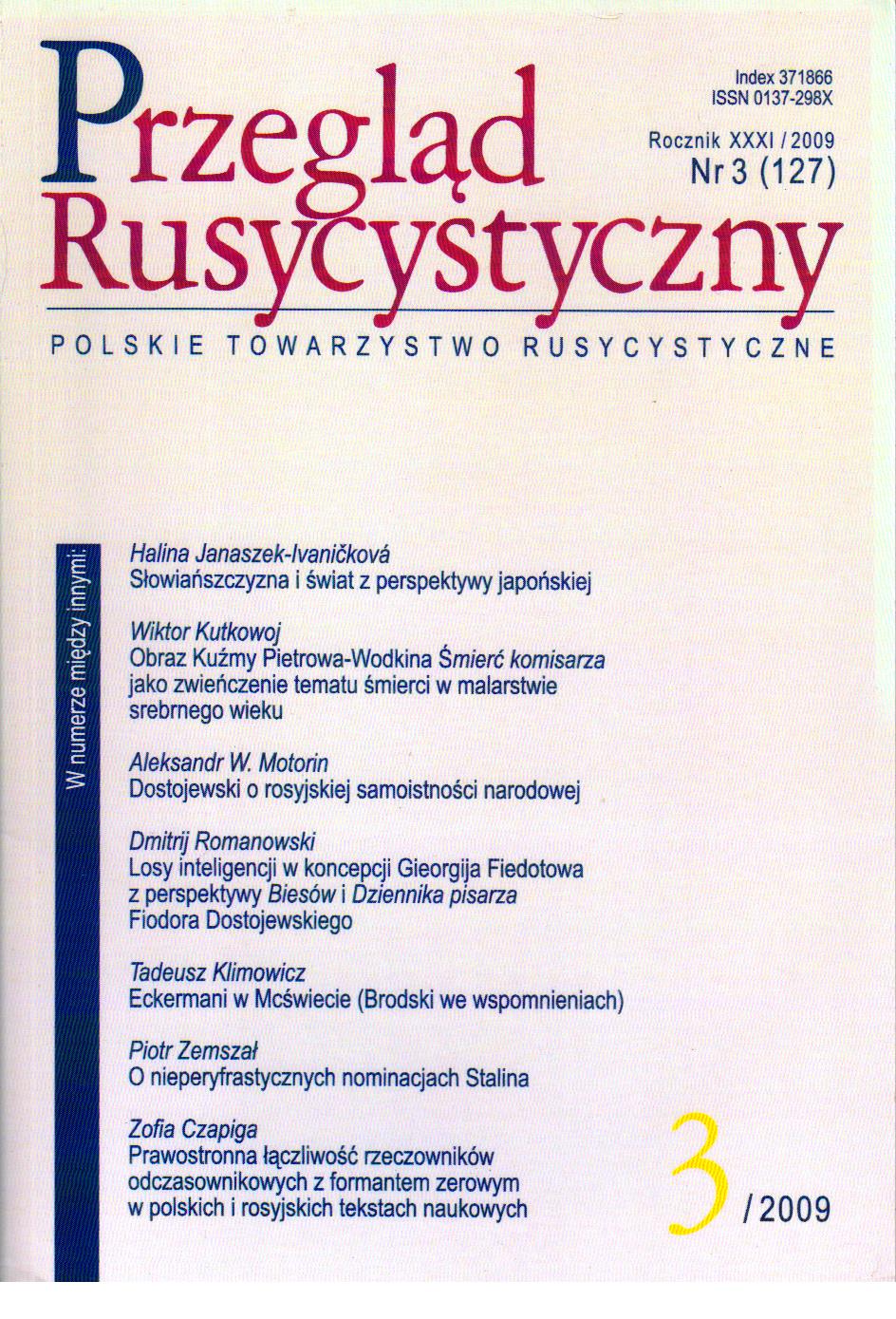
Figury kresu życia w późnej poezji Bułata Okudżawy
Poets’ late work, called “farewell gesture” by Anna Legeżyńska, tends to exhibit a repertoire of — to quote Tomasz Wójcik’s phrase — “metaphorical figures of autobiographism, made up of the condensed metaphors of poets’ autobiographies.” Among those figures, he stresses the three basic ones: enumeration, circle, and refl ection. Legeżyńska adds — as cognate ones — ‘figure of life-journey’ (road of life) and ‘topos of crossing’ (a river, threshold, gateway, doorway, etc.). In Okudzhava’s poetry the intensifi cation of those “metaphorical figures of autobiographism” — usually present in coming to terms with the poet’s past — appeared in the work of his last two decades of creative life, i.e. the 1980s and 1990s — marked by the poet’s struggle with his disease, a result of which are his refl ections on the transience of life and unavoidability of death. This paper analyses not only the above-mentioned, classic, end-of-life figures, but also other, specific to Okudzhava, ones, such as the life-as-waiting room motif.
More...
